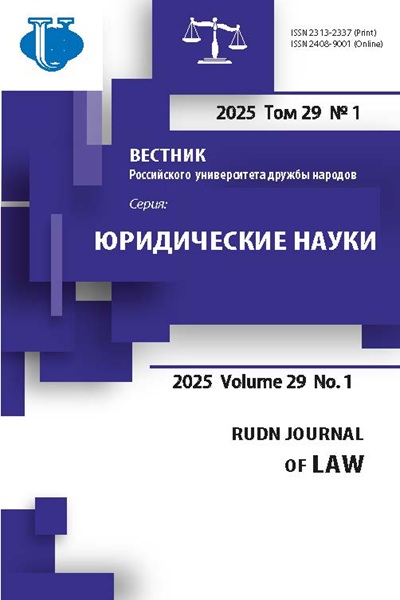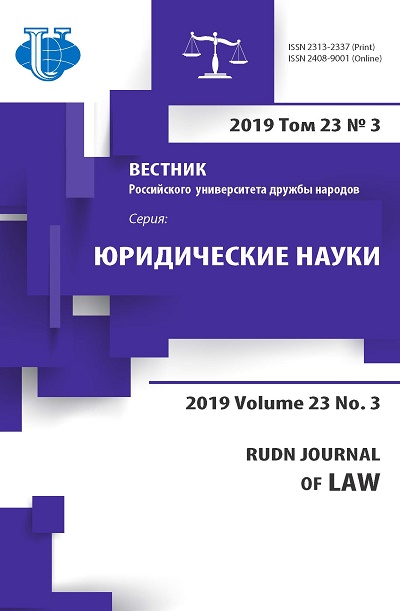Аннотация
Данная статья посвящена установлению правовой природы ведомственных нормативных правовых актов. В ней рассматриваются основные параметры и объем нормотворческой компетенции федеральных органов исполнительной власти. В связи с неоднородностью ведомственных нормативных правовых актов возникает необходимость разработки общей поэтапной классификации ведомственных нормативных актов, создание которой также будет способствовать определению их правовой природы. На основании проведенного анализа сделан вывод о необходимости законодательного регулирования нормотворческой компетенции федеральных органов исполнительной власти, а также порядка осуществления ведомственного нормотворческого процесса в Российской Федерации. Обсуждается вопрос о том, являются ли ведомственные нормативные правовые акты источниками права в «узком» и «широком» значениях, приводятся точки зрения как отечественных, так и зарубежных авторов. Сделан вывод, что ведомственные нормативные акты выполняют те же функции, что и другие нормативные акты, то есть создают нормы права, изменяют и дополняют существующие нормы, а в некоторых случаях отменяют их. Следовательно, эти акты являются источниками права только в «узком» смысле. Более того, уделяется внимание вопросу о том, какое место ведомственные нормативные акты занимают в системе подзаконных нормативных актов. В заключение автор приходит к выводу, что ведомственные нормативные правовые акты обладают всеми особенностями подзаконных актов, а следовательно, не являются источниками правообразования и не способствуют формированию норм права. Отмечается, что ведомственные регламенты действуют как акты нормотворчества, поскольку выполняют функции детализации и конкретизации законов, актов Президента и Правительства.
















